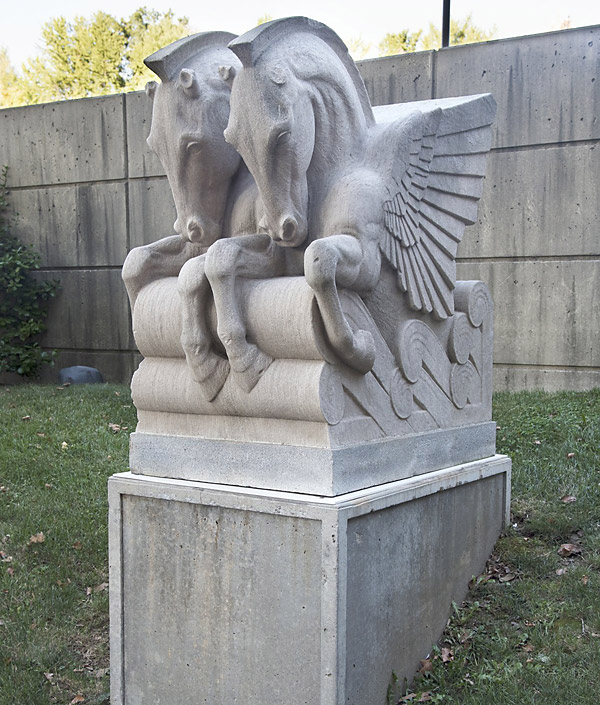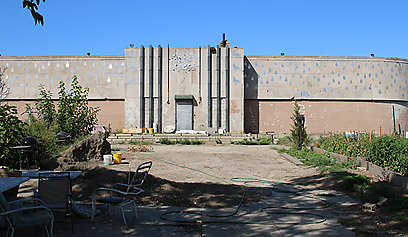This landmark application is taking on water.
The Landmarks Preservation Commission has no immediate plans to designate the Coney Island Pumping Station, commissioners announced on Feb. 23 during a hearing to clear backlogged applications that have been on the commission’s books for decades.
The group isn’t interested in the station, which preservationists credit with helping save Coney Island from burning down in the mid-1900s, because owners made significant alterations and have let the building rot since it went out of commission in the 1970s. But the city owns the structure and should have taken care of it, one preservationist said.
“It’s a city-owned property, so it’s completely within their realm to fix this,” said architect Sean Khorsandi, who advocated the landmarking during hearings last fall. “It’s their responsibility that it was not better protected.”
Refusing to landmark based on the city’s apparent negligence is the latest example of the municipal neglect for Coney Island — at least the parts that aren’t slated for redevelopment as an amusement park — an area historian said.
“I think it’s a great disappointment and continuation of the city’s record of neglect for Coney Island’s West End,” said historian Charles Denson. “It was the last building that has architectural significance. The entire West End was destroyed by urban renewal. All the beautiful buildings were torn down in the 1960s, but this one survived, and it should have been recognized. It’s a real slap in the face to the community.”
Architect Irwin Chanin designed the Art Deco pumping station, and the city built it in 1937 to provide high-pressure water to put out the many fires that routinely flared up in the sprawling, mostly wooden amusement area. Preservationists first filed an application to landmark the structure in 1980.
Four marble Pegasus sculptures once guarded the station’s entrance, but the city moved them to the Brooklyn Museum in 1981 to protect them from vandalism. Commissioners also cited the statues’ absence from Coney as reason not to designate the station — a notion that left Khorsandi incredulous.
“It’s more appropriate for them to sit in a parking lot on the other side of the borough than to grace the front of the building that they were specifically commissioned for?” he said.
The commission will quietly remove the pumping station from its backlog rather than outright denying the designation — the latter would hurt future landmarking attempts, the commission’s leader said.
“It’s just sort of a recognition that, during the public hearing process, we did receive a lot of support in terms of designating this building,” said chairwoman Meenakshi Srinivasan. “So I think that that’s the reason why we are not voting on it being taken off the calendar on the basis of merit. Maybe at some point it time, if it happens, it could be restored,” she said.
Six proposed Brooklyn landmarks avoided the chopping block on Feb. 23:
• The Lady Deborah Moody House in Gravesend (first proposed in 1966).
• Green-Wood Cemetery (proposed 1981).
• St. Barbara’s Roman Catholic Church in Bushwick (proposed 1980).
• The cast iron-clad 183–195 Broadway Building in Williamsburg (proposed 1980).
• The Ukranian Church in Exile in Williamsburg (proposed 1966).
• St. Augustine’s Roman Catholic Church and Rectory in Park Slope (proposed 1966).

























